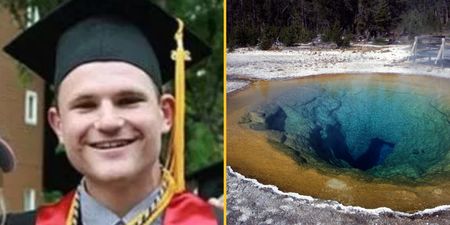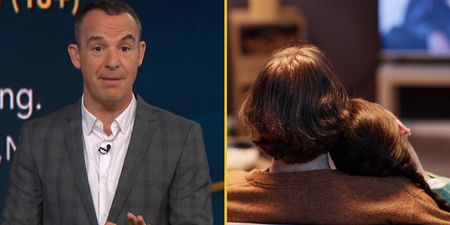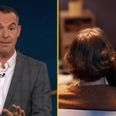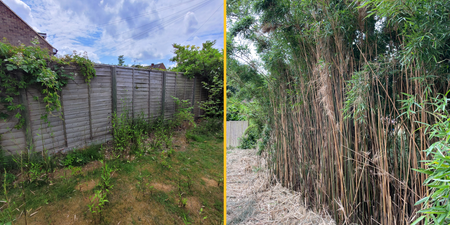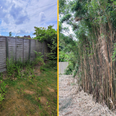The video is pretty mind-bending.
Nasa have released footage taken from their ultra-powerful supercomputer to create what they claim is a realistic visualisation of what it would be like to get sucked into a black hole.
A team of scientists at Nasa’s Goddard Space Flight Center in Maryland produced the simulation in the hopes of gaining an insight into how the universe would look after the event of a supermassive black hole.
In short, it goes from incredibly bright to incredibly dark.
Alexa, play Muse.
NASA astrophysicist Jeremy Schnittman, of the Goddard Space Flight Center in Greenbelt, Maryland, who worked to create the visualizations, described how it all went down.
“So I simulated two different scenarios, one where a camera — a stand-in for a daring astronaut — just misses the event horizon and slingshots back out, and one where it crosses the boundary, sealing its fate,” he said.
“Simulating these difficult-to-imagine processes helps me connect the mathematics of relativity to actual consequences in the real universe.”
Schnittman added that “the project took five days to run on the US space agency’s Discover supercomputer, producing around 10 terabytes of data.”
Ever wonder what happens when you fall into a black hole?
— NASA (@NASA) May 6, 2024
Thanks to a new, immersive visualization produced on a NASA supercomputer, we're kicking off #BlackHoleWeek with a virtual plunge into the event horizon—a black hole's point of no return: https://t.co/aIk9MC1ayK pic.twitter.com/CoMsArORj4
The supermassive black hole used for the simulation is equivalent to the one located at the centre of our Milky Way galaxy, which is roughly 4.3 million times the mass of the Sun.
The black hole’s event horizon measures around 25 million kilometres (16 million miles), while the speed of the camera entering it is approaching the speed of light.
Inside the black hole’s centre the visualisation goes black as the camera reaches a one-dimensional point called a singularity.
Within 12.8 seconds of the camera crossing the horizon, it gets destroyed by a process that Dr Schnittman describes as spaghettification.
In astrophysics, spaghettification is the tidal effect caused by strong gravitational fields.
Royal Museum Greenwich describes it as follows: “When falling towards a black hole, for example, an object is stretched in the direction of the black hole (and compressed perpendicular to it as it falls). In effect, the object can be distorted into a long, thin version of its undistorted shape, as though being stretched like spaghetti.”
Doesn’t sound too pleasant does it. Luckily, thanks to Nasa, you can experience the effect of falling into a black hole from the safety of your couch or desk chair.
Related Links:
Cambridge scientist discovers signs of alien life
NASA has found ‘sign of life’ on Mars
Astronaut explains hidden message on family photo he left on the moon
‘Devil comet bigger than Everest’ is heading towards Earth












